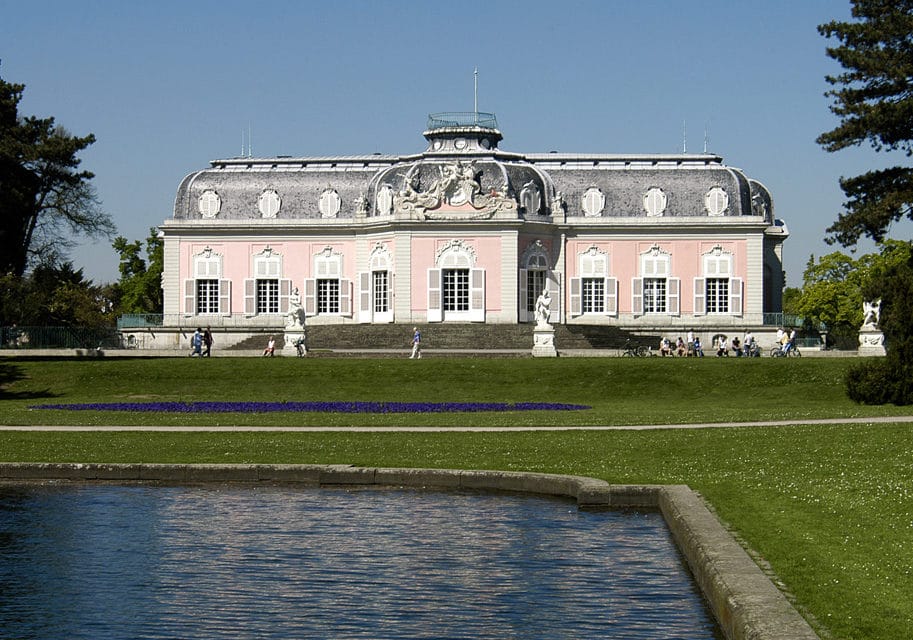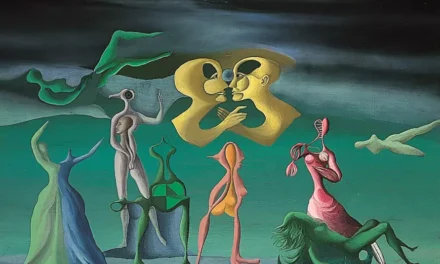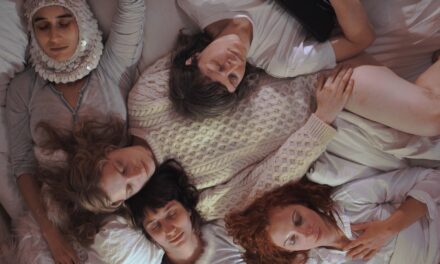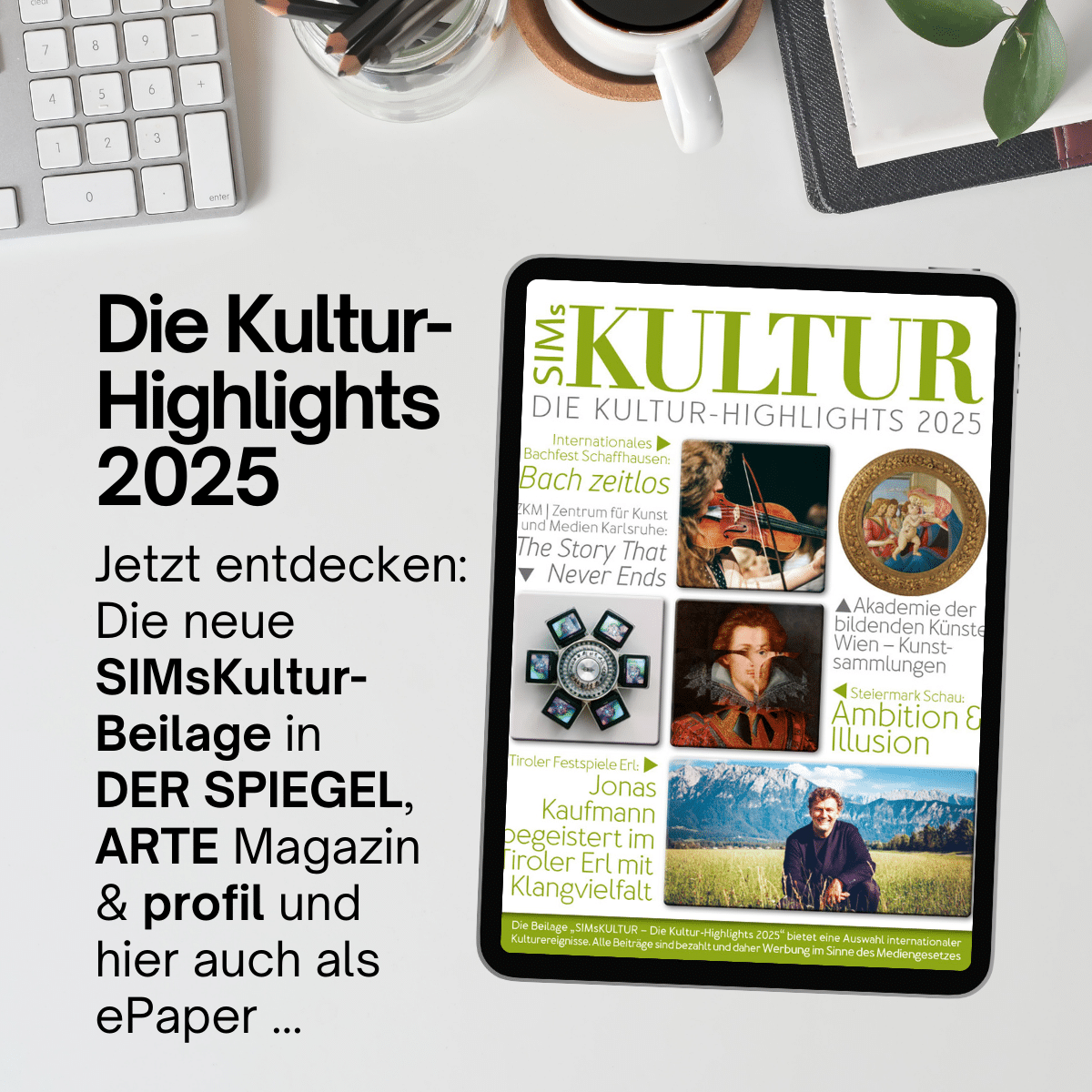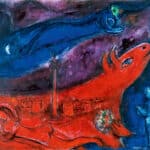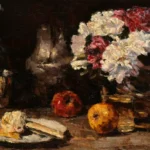Benrath Palace with its pleasure palace, hunting park, ponds and canals is considered Düsseldorf's most important architectural work of art. The palace in the south of Düsseldorf is still exactly as it was planned and built in 1775 by master builder Nicolas de Pigage on behalf of Elector Karl Theodor von der Pfalz.
When planning the palace with its spacious gardens and avenues, each room inside the palace was assigned a garden space in the grounds. The English garden with its rare trees thus refers to the Elector's private room; the French garden with its water features and flowerbeds reflects the Electress's rooms.
A kitchen garden with espaliered fruit, vegetables, herbs and flowers provided the palace kitchen with the necessary ingredients and can still be visited today. An extensive woodland park leads almost to the banks of the nearby Rhine. The network of avenues is laid out in a strict geometric pattern, with all paths meeting in a star shape in the roundel of a large lawn.
Today, Benrath Palace is home to the Museum of European Garden Art. Many concerts and other events take place in the impressive palace park, especially in summer.
When Elector Carl Theodor von Pfalz-Sulzbach was staying in his Jülich-Bergisch capital of Düsseldorf at the end of 1755, he commissioned his French architect and garden director Nicolas de Pigage to build a summer residence and hunting lodge just outside the city. In the rural village of Benrath, around 12 km from the center of Düsseldorf, the Elector had found a moated castle that had already been used by his predecessors, including Johann Wilhelm (popularly known as Jan Wellem). Due to a fire and water damage, it was barely habitable and no longer met the courtly requirements for comfort and practicality of a hunting and pleasure palace. Pigage replaced it with a maison de plaisance based on the French model, completed in 1770, which proved to be spatially excellently organized, varied and comfortable and related architecture and gardens by means of overarching design ideas. Benrath Palace marks both the high point and the end point of a type of building developed in France from the 17th century onwards, the aristocratic or stately pleasure palace in the countryside.
While Electress Elisabeth Augusta gave a dinner to inaugurate the retreat, which was also intended as a widow's residence, in 1771 and stayed here for a short time, her husband did not visit the rural summer residence until fourteen years later: the Jülich-Bergische Wöchentliche Nachrichten reported at the beginning of June 1785 that His Electoral Highness and his court had gone to Benrath the previous morning and returned to Düsseldorf the same afternoon. This stay at Benrath Palace, which lasted only a few hours, was not only Carl Theodor's first visit after completion of the complex, but was also to be his only one. Officially, the palace was empty in the 18th century, although caretakers and servants were responsible for its upkeep and maintenance.
The history of the Benrath pleasure palace after Carl Theodor's death in 1799 is characterized by its conquest by French revolutionary troops before the turn of the century, the arrival of Duke Wilhelm in Bavaria in 1804 and the stay of Joachim Murat in 1806, who was appointed Grand Duke of Berg by Napoleon. From 1815, the castle and estate became Prussian property. Until they were sold in 1911, members of the royal and later imperial family regularly lived in the complex, including Prussian kings and German emperors. The Maison de plaisance increasingly became a tourist attraction, which was also supported by numerous state receptions from the 1950s onwards. The Benrath Palace and Park Foundation, which has been responsible for the building and garden ensemble since 2000, offers regular guided tours through the various areas of the Maison de plaisance, which has also served as a venue for novels (Theodor Fontane's Effi Briest, Thomas Mann's The Beguiled) and various feature films.
The palace park
Benrath Palace Park is of high artistic quality as well as being of great cultural and natural importance for the history of garden design. The special significance of Benrath Palace Park arises from its dual need for protection as a monument and nature reserve. This combination and its function as a metropolitan recreational area are unique.
The composition of the historic garden, its redesign and the reconstruction in keeping with the listed building are inextricably linked with the architecture of the Maison de plaisance and form a total work of art. United in an overarching design concept, the park and its gardens bear witness to the important cultural and natural history of the region.
The listed Benrath Palace Park covers more than 61 hectares, of which around 45 hectares are designated as a nature reserve. More than 80 bird species and more than 300 beetle species live in the park. Rare North American trees and shrubs in particular characterize the so-called Elector's Garden, which was designed by outstanding garden artists such as Maximilian Friedrich Weyhe and Peter Joseph Lenné in the 19th century. The oldest part of the garden dates back to the 17th century. The park, which borders the Rhine, is open to the public and can also be visited on art-historical, botanical and ornithological tours organized by the Benrath Palace and Park Foundation.

